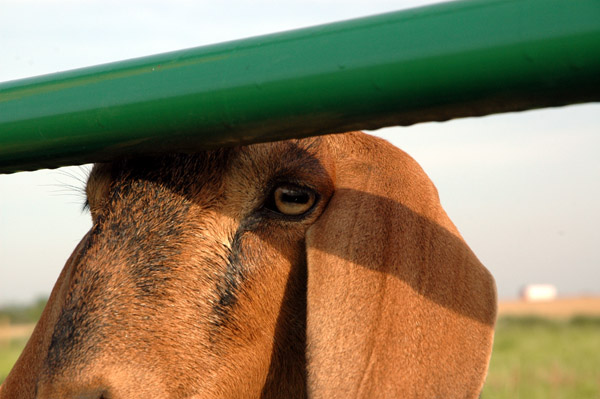Frozen assets
 When we started this little farmlet adventure, we knew that there would be some expenses up front, and some ongoing expenses for a while. But due to some combination of inexperience, ignorance, impatience, poor planning, and bad luck, we exceeded whatever budget we had set aside. We accumulated more credit card debt than we were comfortable with. Call it farm college tuition.
When we started this little farmlet adventure, we knew that there would be some expenses up front, and some ongoing expenses for a while. But due to some combination of inexperience, ignorance, impatience, poor planning, and bad luck, we exceeded whatever budget we had set aside. We accumulated more credit card debt than we were comfortable with. Call it farm college tuition.We also killed two pickup trucks in the space of a year. And we found that we didn't have sufficient storage space for the various items (like hay) that we needed to keep things running smoothly.
An uncomfortable position: Too much debt and a couple significant expenses staring us in the face. What to do, what to do?
Well, we've been doing a variety of things to cut expenses: conservation, a big veggie garden, eliminating some discretionary spending, exploring local thrift stores, bartering, etc. But we were still slated to give a good bit of our money to the bank, in the form of interest, for a good while. So we looked for some creative options.
Thanks to some good advice very early in my career, I began contributing a tiny percentage of my income to a 401k retirement account. Through the magic of compound interest, over the years it grew fairly big. [According to Wikipedia, if the Native American tribe that accepted goods worth 60 guilders for the sale of Manhattan in 1626 had invested the money in a Dutch bank at 6.5% interest, compounded annually, then in 2005 their investment would be worth over €700 billion (around US$820 billion), more than the assessed value of the real estate in all five boroughs of New York City.]
Of course, since the money in question is intended for retirement, and since you don't pay income taxes on it, they make it pretty hard to just take that money and do whatever you want with it. If you try to take it out, if you're even allowed, you'll usuall forfeit more than half of it.
While I can't take the money out of the retirement account, I can take a loan against it. What's the difference? Well, there are several good things and a couple bad things.
First, the good:
- We'd be paying interest to ourselves instead of some financial institution.
- It provides guaranteed interest to my retirement account. With the stock market at all-time highs despite a variety of what look to me like huge risk factors, I moved my retirement money out of mutual funds into a "cash" account, because I'm not confident that the market will go forever upward from here. Buy low, sell high and all that. A loan would mean that my money was earning a fixed rate - granted it's coming out of our own pockets, but that's a fair trade-off to me.
- If something goes horribly wrong and I lose my job or can't pay off the loan, it apparently doesn't affect my credit, since it's my own money.
- Since the payments are taken right off the top of my paycheck, which fits in with the debt reduction maxim of "pay yourself first."
- If I do lose my job, or change jobs, the remainder of the loan comes due.
- If I can't cover the remainder under such a circumstance, there's a big tax penalty.
- My employer only allows one loan at a time, which means we can't borrow from it again until this one is paid off.
We'll also have a simple pole barn, a somewhat more reliable truck, and no credit card debt at all. In fact, as of right now, outside of our mortgage, the only interest we'll be paying on debt will be to ourselves. And hopefully in five years, the mortgage will be the only one left.
But remember, I'm not a financial expert. Far from it. Never take financial advice from random people on the Internet.
So what's with the photo at the top? That's our credit card, sequestered in a block of ice. If an emergency comes along, we can use it. Until then, it'll be in the freezer.
Labels: money

















